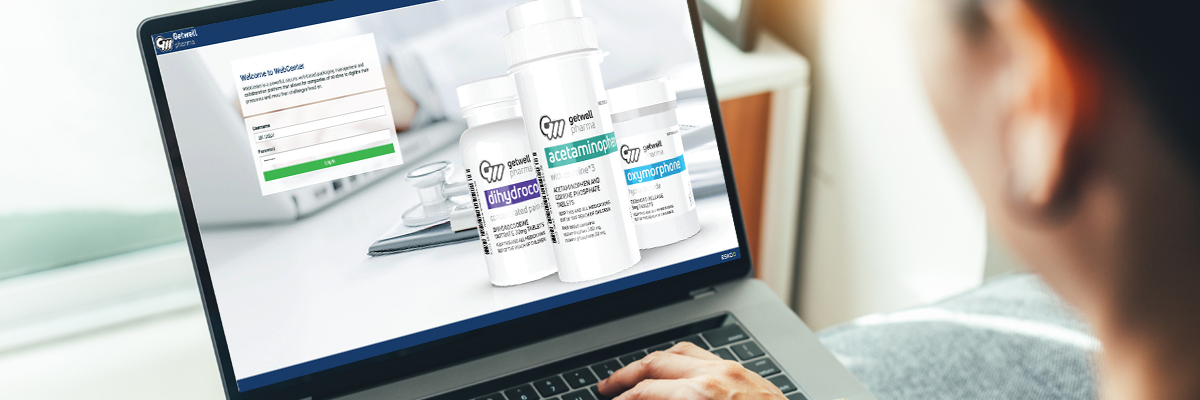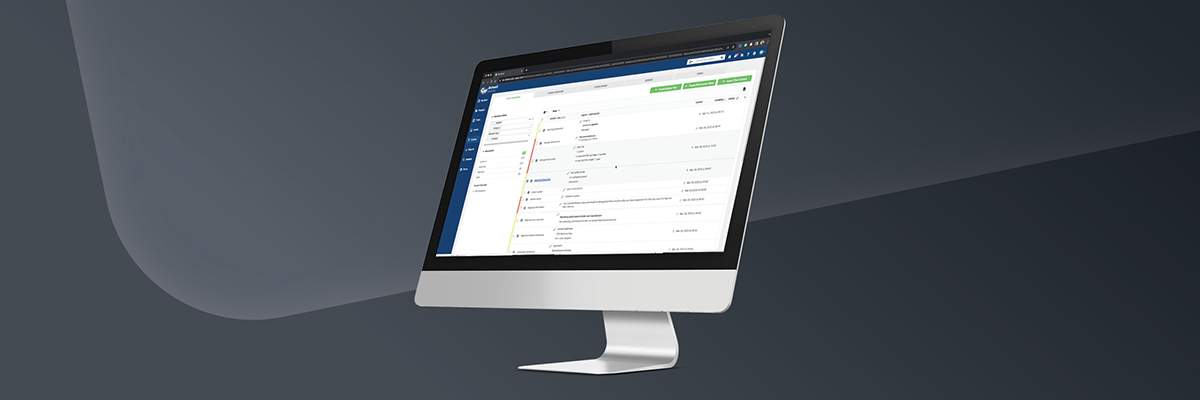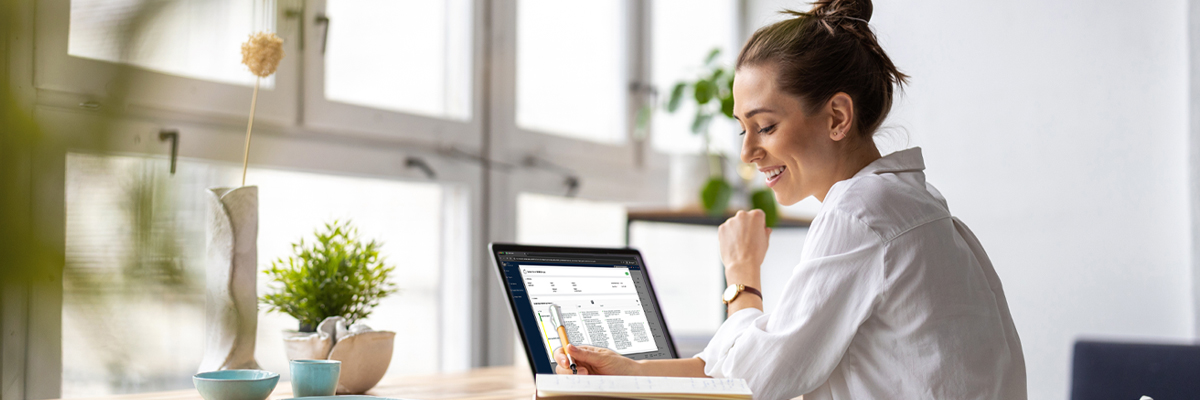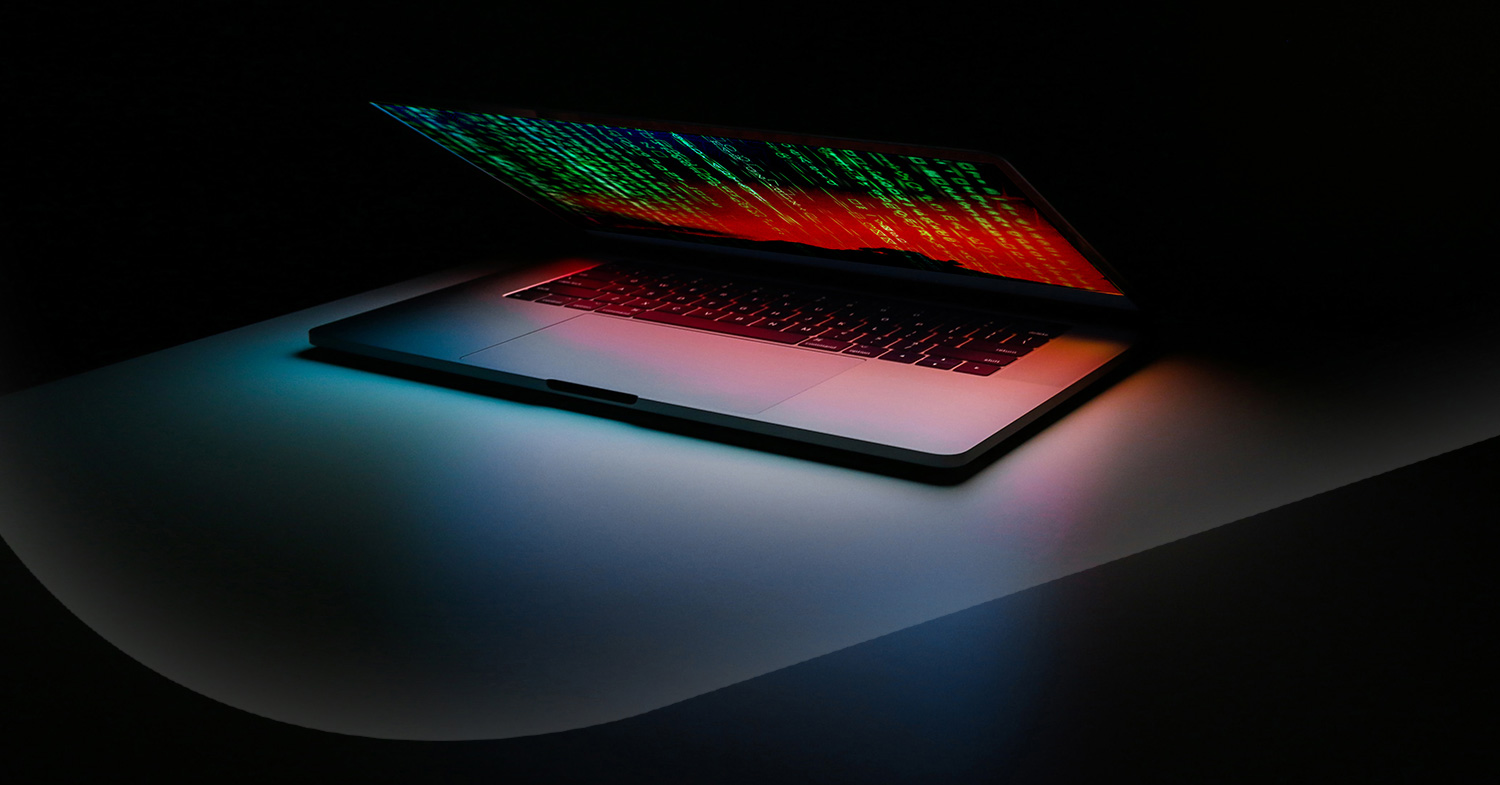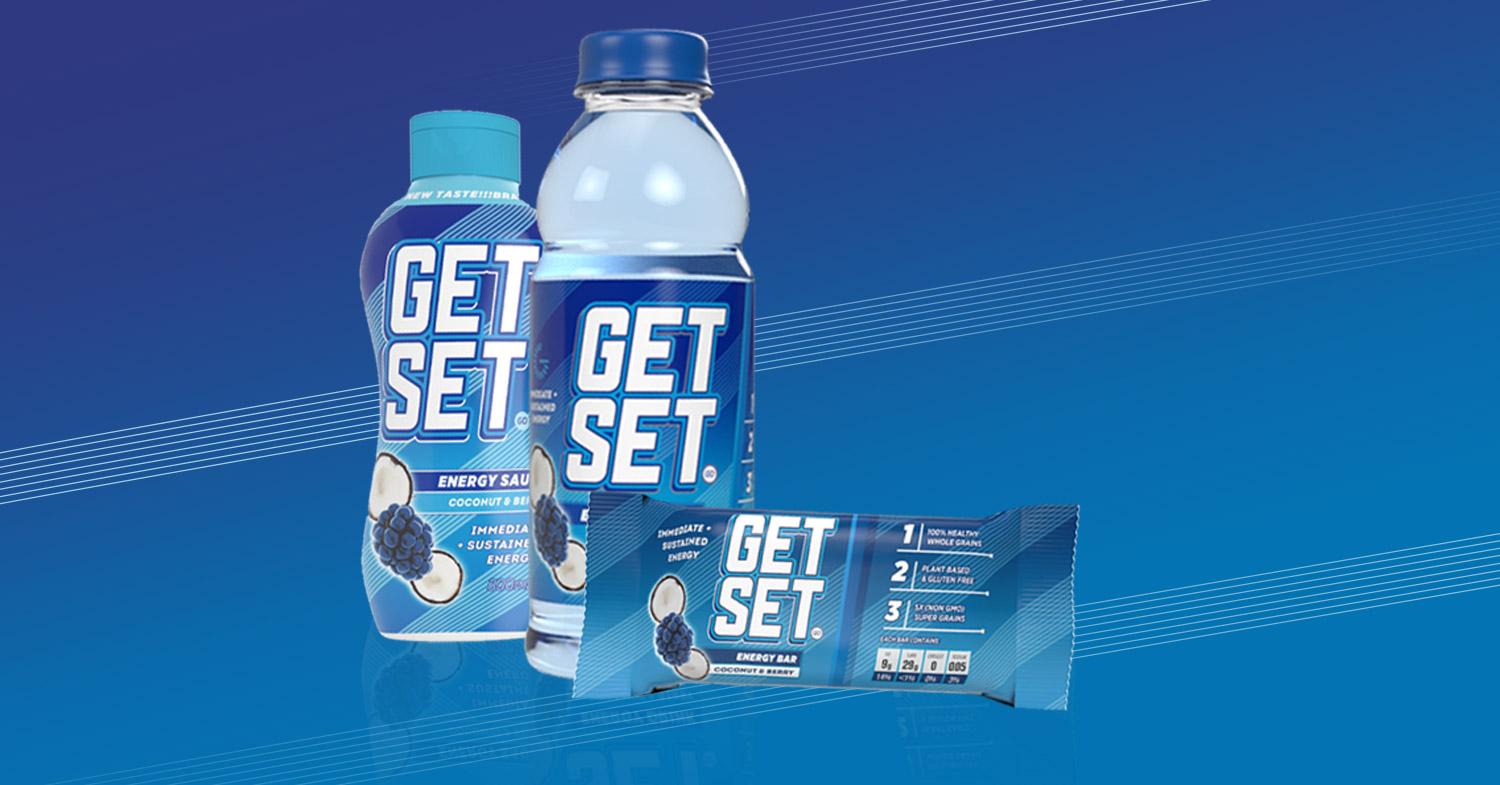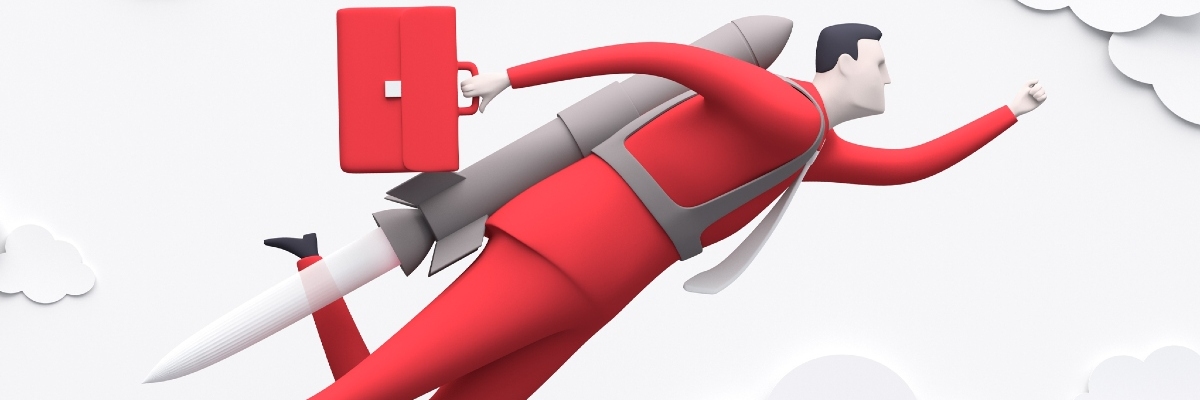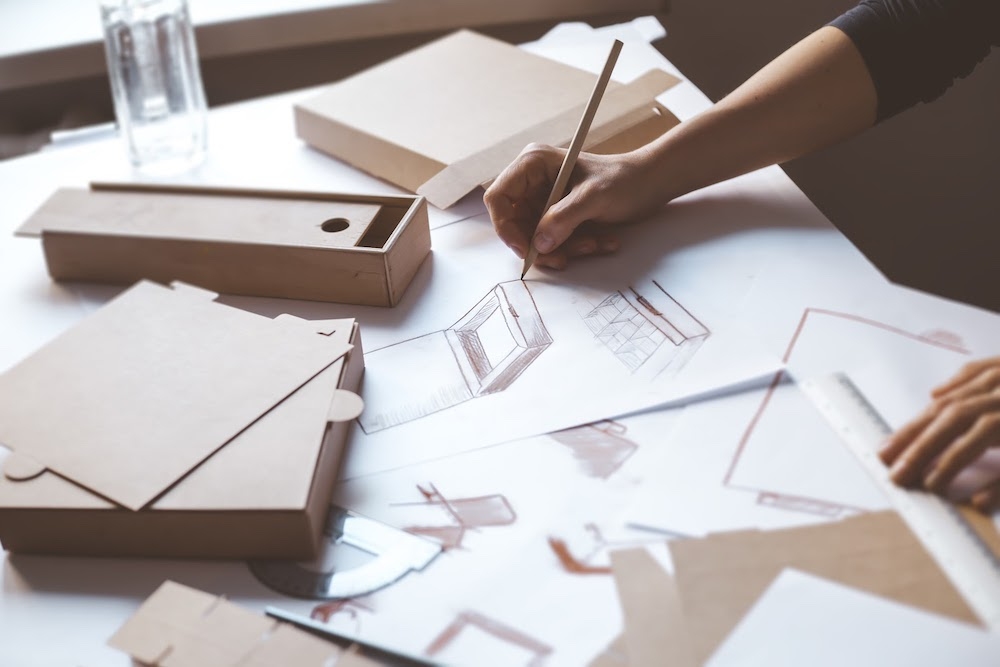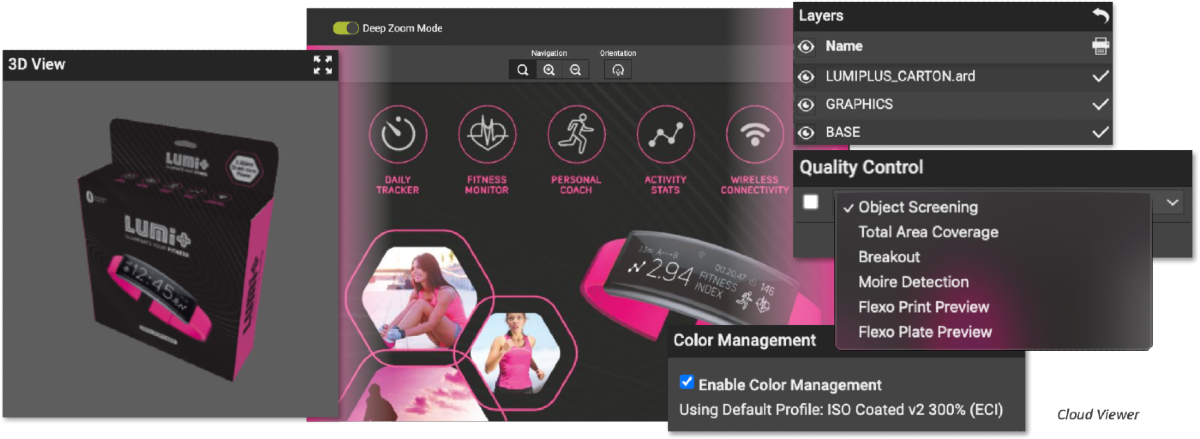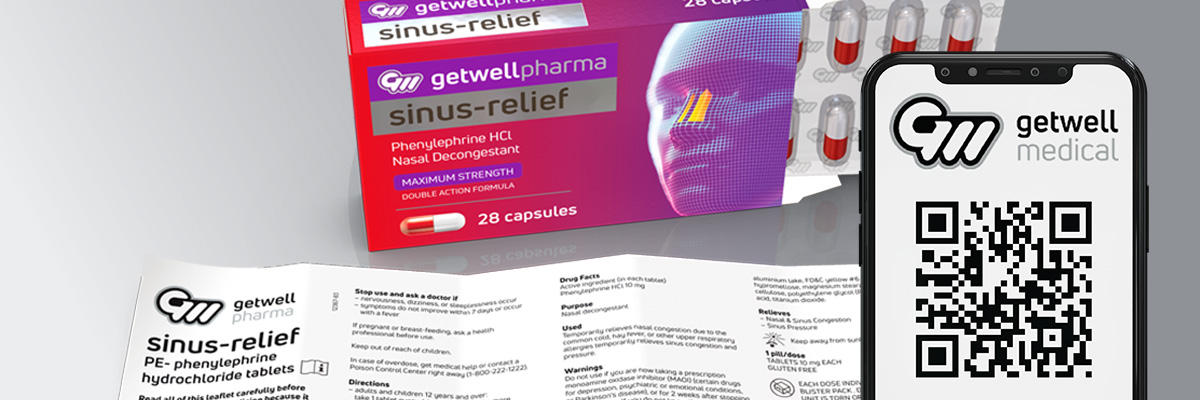Sustainability is at the forefront of brands and converters’ minds. In fact, for some, it’s the top priority. However, consumer behavior and priorities influence the trends the packaging industry must balance in addition to sustainability. Trends often conflict with one another, further complicating the actions brands and packagers should take. In the fourth session of Esko’s Sustainability Series, Rebecca Marciniak, Partner at Roland Berger, explored how to balance sustainability and other rising trends moving forward.
The Trend Landscape – Sustainability at the Forefront
As we head into 2023, consumer packaging will undergo changes to become more accessible, individual, and convenient. Sustainability is growing in importance as brands and packagers strive to use resources efficiently and reduce waste and spoilage. Now more than ever, consumers are interested in protecting the environment. Regulations are being put into place requiring brands to commit to aggressive sustainability goals. This is all happening at the packaging level, as packaging creates unnecessary waste that makes up about 8-10% of the total carbon footprint.
The Catch-22, per Marciniak, is that sustainability is focused on reducing waste, while many trends are creating more waste. Why? Take ecommerce, for example. A rise in ecommerce means more boxes being shipped to consumers, more packaging of individual items, and more liners to make packaging tamper and safety proof. Additionally, consumers are in a conundrum over their consumption practices. They want the convenience of online shopping at the same time they want to protect the environment. Let’s explore the resulting trends.
Health & Wellness
Post COVID-19, consumers are focused on their health and general wellness. This includes dietary, lifestyle, financial, social, and emotional habits. Now more than ever, consumers are focused on what makes them feel good. They’re spending their money more intentionally on self-care.
Convenience & Urbanization
To the consumer, convenience is key. There is growing demand for packaging that fits into consumers’ busy lifestyles. For example, consumers working in urban areas may enjoy food on the go in easy-to-open packaging, so they don’t need to spend time packing a lunch in the morning.
Safety & Protection
It’s no secret the supply chain has had its fair share of disruptions. Post COVID-19, consumers are hyper-aware of and concerned about the hygiene of their products. Therefore, they want safe and traceable packaging, so they not only know where the product came from but can be assured it was protected during its journey.
Individualization
Consumers want access to variations of the products they know and love, such as different flavors and sizes. For brands, this means more SKUs. For suppliers and converters, this means more packaging.

Digitalization Balances Conflicting Trends
New technologies enhance consumer interaction, providing new ways of engagement, and increasing connectivity and data. Digital solutions can shift the balance of packaging waste production in a positive direction. Let’s go back to the ecommerce example. Ecommerce sales are only rising. In fact, they’re forecasted to grow 14% year after year, reaching 1.6 trillion by 2025. That is the same year when many fast-moving consumer goods (FMCG) brands have committed to lowering their carbon footprint by changing their packaging materials. This will take the form of using renewable materials and recycled content to lower emissions and reduce the amount of packaging needed as a whole. Beyond helping create more sustainable packaging, digital tools also help collect waste and sort recyclables to close the loop – enabling previously used resources to be returned to and reused in new production processes. Advancements in materials science open new opportunities for the packaging industry.
So, how does technology help companies balance sustainability initiatives versus consumer trends? Roland Berger uses what it calls the STEP Framework, suggesting companies should focus on:
Sustainability and the circular economy – the growing importance of efficient resource usage, minimization of waste, and the overall focus on recycling and reusing materials from the past into the future (a closed loop system).
Technology and digitalization – new technologies to enable increased connectivity, data, and interactions
End-consumer focus and preferences – individualization, ecommerce, sustainability, and safety and protection as key market trends
Performance-driven organizations – the increasing need to build robust supply chains with competitive cost structures employing a high level of automation
The STEP framework focuses on shifting to a closed loop business model. To do this effectively, implementation of technological innovation is a must. New technologies will enable sustainable packaging. Roland Berger states that while companies are currently focusing on automating and connecting their processes, in the future, they will need to incorporate the Industrial Internet of Things (IIoT), big data, and cloud analytics. This is all a part of the framework, as companies work towards a greener future that also meets consumer demands.
